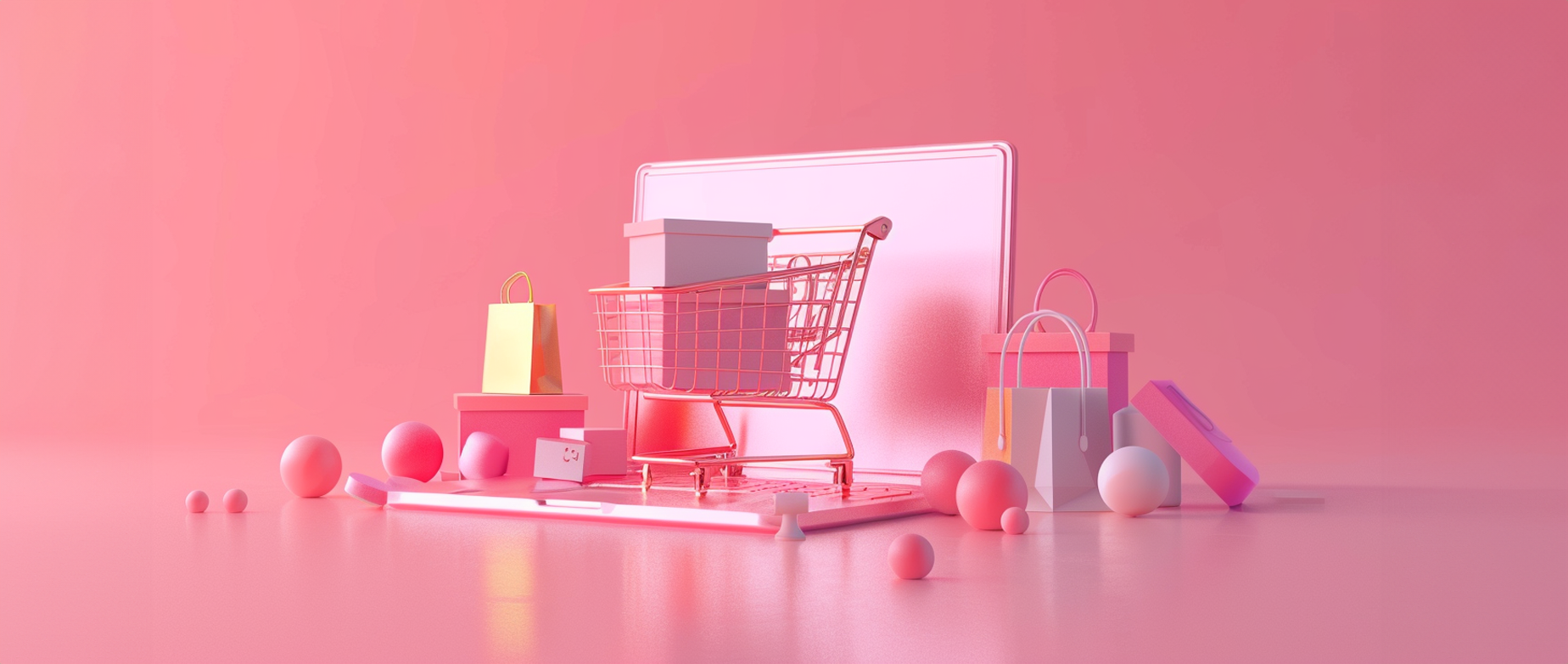Enhancing Your Online Shopping Experience: Strategies for Improving Ecommerce Customer Satisfaction (2025)

Customers who shop in person can engage with products using all their senses, from feeling the weight and texture of a merino wool sweater to seeing its color in flattering lighting, all while breathing in the store’s signature scent. This multisensory experience helps customers visualize how the sweater fits into their life, ultimately nudging them towards making a purchase.
On the other hand, online shoppers have a different product experience as they cannot physically touch and interact with the products. To bridge this gap, ecommerce businesses need to find new ways to connect with their customers and make the online shopping experience engaging and informative.
Product experience (PX) is crucial for both physical and digital products, encompassing how customers feel, understand, and interact with a product throughout their entire journey. A well-designed product experience focuses on meeting customer needs and expectations, making the product intuitive and enjoyable to use.
To improve the ecommerce product experience, businesses can optimize their websites for natural shopping behavior, replicate in-store handling with high-quality product photography and 360-degree views, create virtual try-on experiences, add video demos to showcase products in detail, and design intentional and informative packaging for a delightful unboxing experience.
By focusing on enhancing the product experience for online shoppers, businesses can increase customer engagement, build brand loyalty, and ultimately drive sales.
Enhance Customer Satisfaction and Brand Storytelling with Unique Product Experiences
By incorporating special touches into your products, you can elevate customer satisfaction, reinforce your brand’s narrative and values, and create a memorable product experience.
Product experience FAQ
What is an example of a product experience?
A product experience includes how customers interact with your brand’s ceramic vase. This can involve reading about its materials and dimensions online, viewing detailed photos of its glazed finish, unpacking it at home, feeling its weight and texture, arranging flowers in it, and seeking support from your customer success team. Tailoring the experience to the customer’s journey promotes product-led growth.
What is the difference between customer experience and product experience?
While product experience focuses on interactions with the item itself, customer experience (CX) encompasses the complete customer lifecycle. CX touchpoints include payment processing, loyalty programs, email marketing, or customer service interactions. They guide users toward completing critical tasks like updating billing info or passwords.
How can you measure the success of product experience?
Product teams gauge success through metrics such as product page bounce rates, customer feedback scores, time spent viewing product details, number of returns citing product misalignment, and repeat purchase frequency. A comprehensive view of product experience also considers conversions, cart abandonment, and refund rates.



